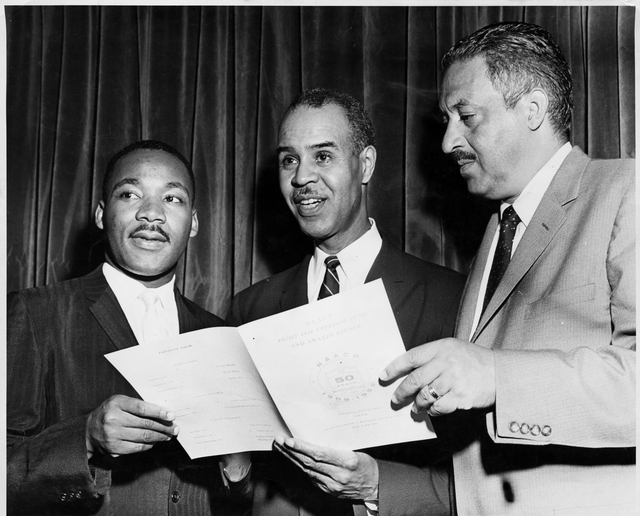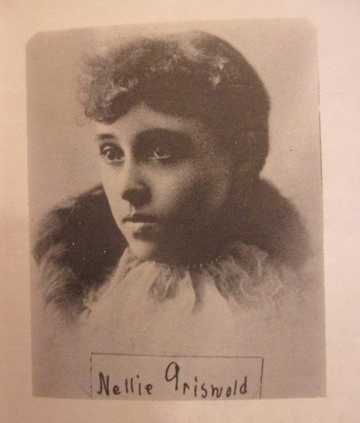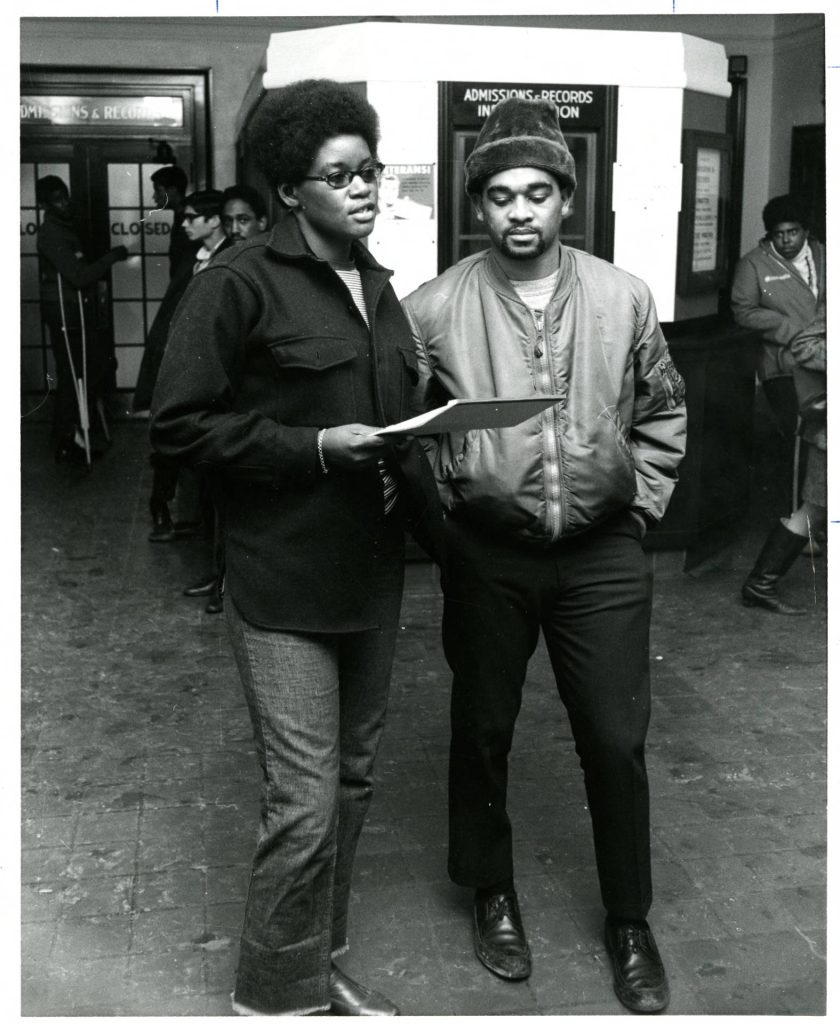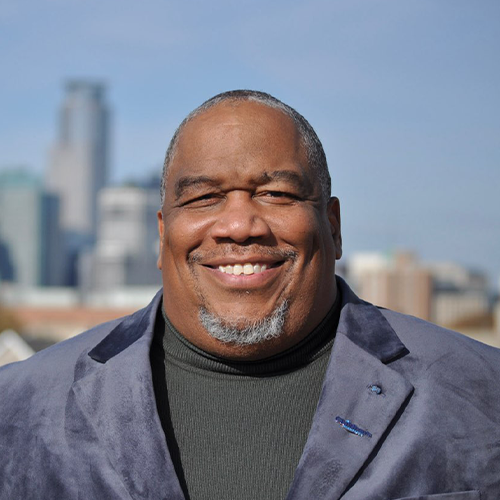When I was a kid growing up in Detroit, I searched for heroes to look up to. I looked in comic books. I looked in history books. Heroes who looked like me were hard to find. And sometimes history book heroes aren’t heroes at all. Some of them actively worked against people who look like me, enforcing racist policies that led to lynchings and death.
Today, some politicians are actively working to stop kids from learning about their history and heroes who look like them. This is not Critical Race Theory. This is not white privilege. This is American history and the story must be told. In some Minnesota school districts like Minneapolis Public Schools, Ethnic Studies offers a more inclusive look at history and values all heroes.
History is about learning, and kids must learn their history. As the kid experts, we want to make sure that history is inclusive and values all kids and families. So, I want to introduce you to three Minnesota heroes that our children, and people of all ages, should know. This is American history.




